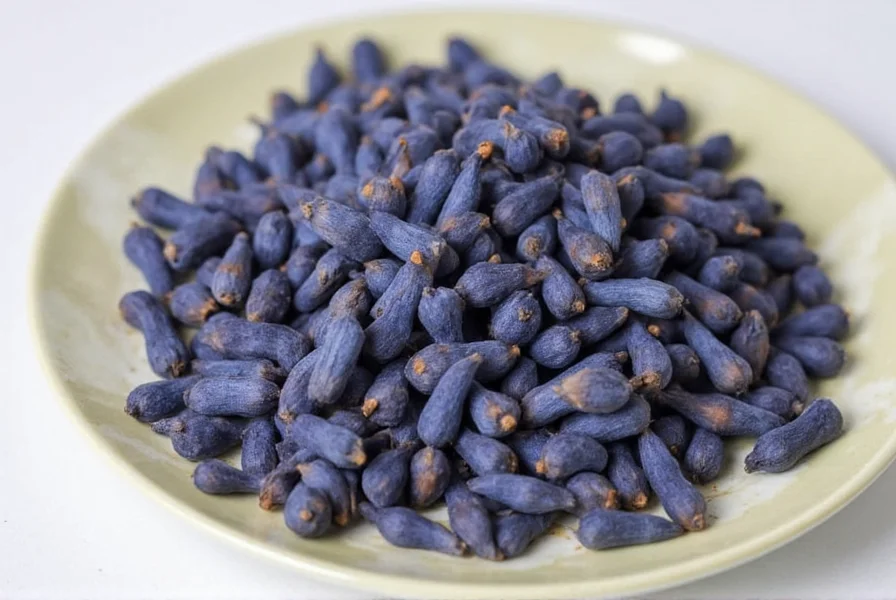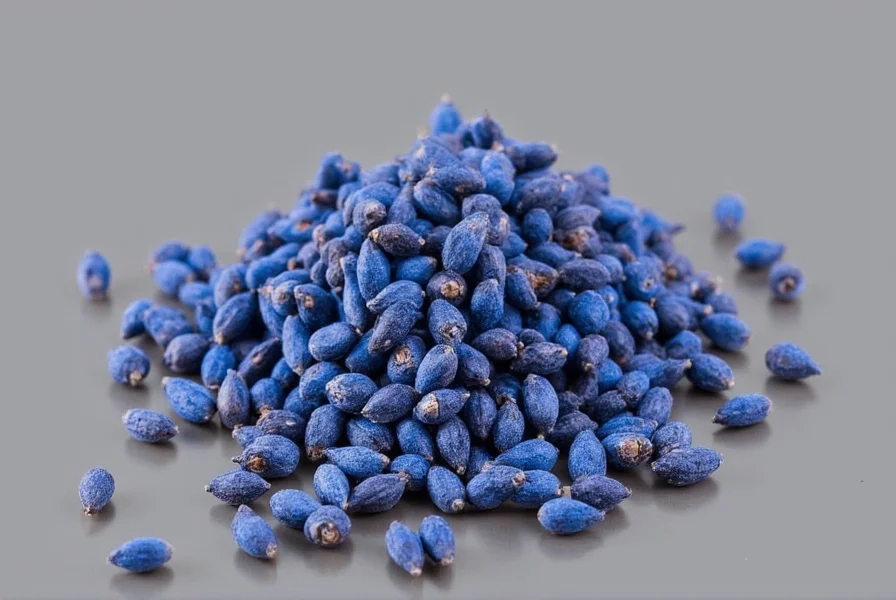When searching for 'blue clove,' many people encounter confusion due to a common misconception about this popular spice. The reality is straightforward: cloves do not come in blue varieties. This article clarifies the botanical facts about cloves, explains why the 'blue clove' concept persists, and provides accurate information for those seeking genuine knowledge about this valuable spice.
Understanding Cloves: The Botanical Reality
Cloves are the aromatic flower buds of the Syzygium aromaticum tree, native to the Maluku Islands in Indonesia. These small, nail-shaped buds are harvested before they open and then dried, resulting in their characteristic dark brown color. The confusion about 'blue clove' likely originates from several sources:
- Mishearing or misspelling 'blue cove' (a coastal geographical feature)
- Confusion with 'blue vervain' or other similarly named plants
- Misinterpretation of 'clove' as related to 'clover' (which has blue varieties)
- Digital image distortions making brown cloves appear bluish in certain lighting

What Gives Cloves Their Characteristic Color?
The distinctive reddish-brown to dark brown color of cloves comes from natural compounds that develop during the drying process. When freshly picked, clove buds are pale green, gradually turning pink, then reddish-brown as they mature and are harvested. The final dried product contains:
| Compound | Percentage | Effect on Color |
|---|---|---|
| Eugenol | 70-90% | Contributes to warm brown tones |
| Eugenol acetate | 5-15% | Enhances reddish hues |
| Beta-caryophyllene | 5-15% | Adds depth to brown coloration |
No naturally occurring variety of clove contains pigments that would produce a blue coloration. Any product marketed as 'blue clove' is either mislabeled, artificially colored, or refers to something entirely different from the genuine Syzygium aromaticum spice.
Common Sources of Confusion About Blue Clove
Several factors contribute to the persistent myth of blue cloves:
1. Similar-Sounding Plant Names
'Blue cove' refers to coastal inlets, not plants. 'Blue vervain' (Verbena hastata) is a completely different plant often confused due to similar pronunciation. 'Clove pink' (Dianthus species) are flowering plants with 'clove' in their name due to fragrance, not relation to spice cloves.
2. Digital Color Representation Issues
In online images, cloves sometimes appear bluish due to:
- White balance errors in photography
- Color correction filters applied to images
- Screen calibration differences across devices
3. Misunderstanding of 'Clove' Terminology
The word 'clove' comes from the Latin 'clavus' meaning 'nail,' referring to the spice's shape. It has no etymological connection to 'blue' or color terminology. Some languages use different terms that might cause translation confusion.

Genuine Clove Characteristics and Uses
Understanding the actual properties of cloves helps dispel the 'blue clove' myth and provides valuable information for culinary and medicinal applications:
Physical Characteristics of True Cloves
- Color: Reddish-brown to dark brown (never blue)
- Shape: Small, nail-like with a bulbous head
- Size: Approximately 1-2 cm long
- Aroma: Strong, warm, spicy scent due to eugenol content
- Taste: Pungent, slightly bitter, warming sensation
Authentic Clove Applications
Real cloves have numerous verified uses that don't require any 'blue' variety:
- Culinary: Essential in spice blends like garam masala, used in baking, marinades, and pickling
- Dental care: Eugenol provides natural analgesic properties for toothache relief
- Traditional medicine: Used for digestive issues and as an antimicrobial agent
- Aromatherapy: Clove oil is valued for its warming, stimulating properties
How to Identify Genuine Cloves
When purchasing cloves, look for these authentic characteristics to avoid mislabeled products:
- Consistent reddish-brown color throughout the bud
- Visible oil glands that appear as tiny dots on the surface
- Strong, penetrating aroma when crushed
- Heavy weight for their size (indicating oil content)
- Whole buds with intact calyx (the base structure)
Be wary of any product labeled 'blue clove' as it likely represents either a marketing gimmick or a fundamental misunderstanding of botanical terminology. Genuine cloves have been used for centuries across multiple cultures without any reference to blue varieties.
Conclusion: Setting the Record Straight on Blue Clove
The concept of 'blue clove' represents a persistent misconception in botanical and culinary circles. True cloves (Syzygium aromaticum) are consistently reddish-brown to dark brown in color due to their chemical composition. This natural spice has documented uses in cooking, traditional medicine, and dental care that don't require any non-existent blue varieties.
When researching spices or plants, verifying botanical names and consulting authoritative sources helps avoid confusion from similar-sounding terms. Understanding the actual characteristics of cloves empowers consumers to make informed choices and recognize potentially misleading product claims.










 浙公网安备
33010002000092号
浙公网安备
33010002000092号 浙B2-20120091-4
浙B2-20120091-4